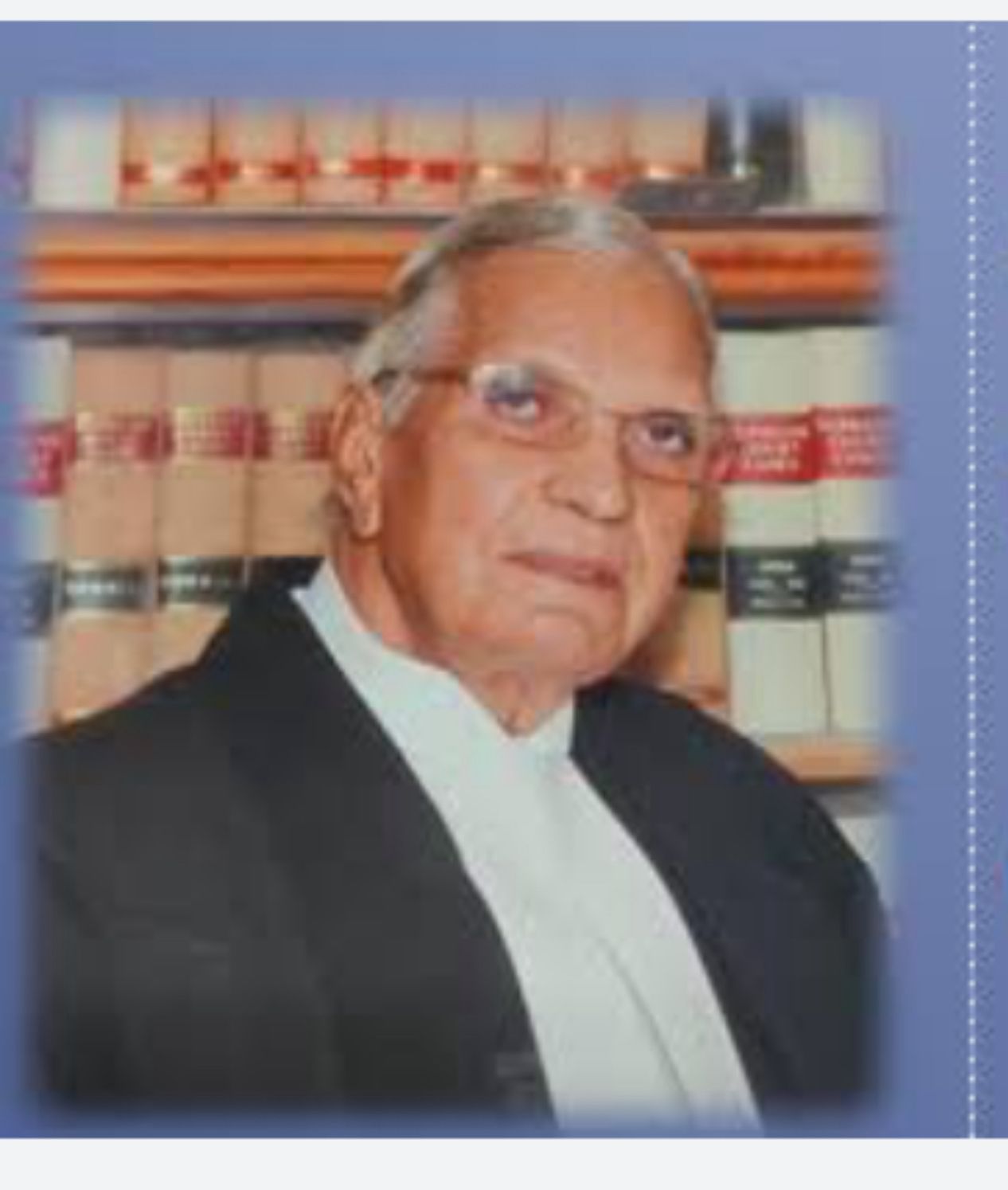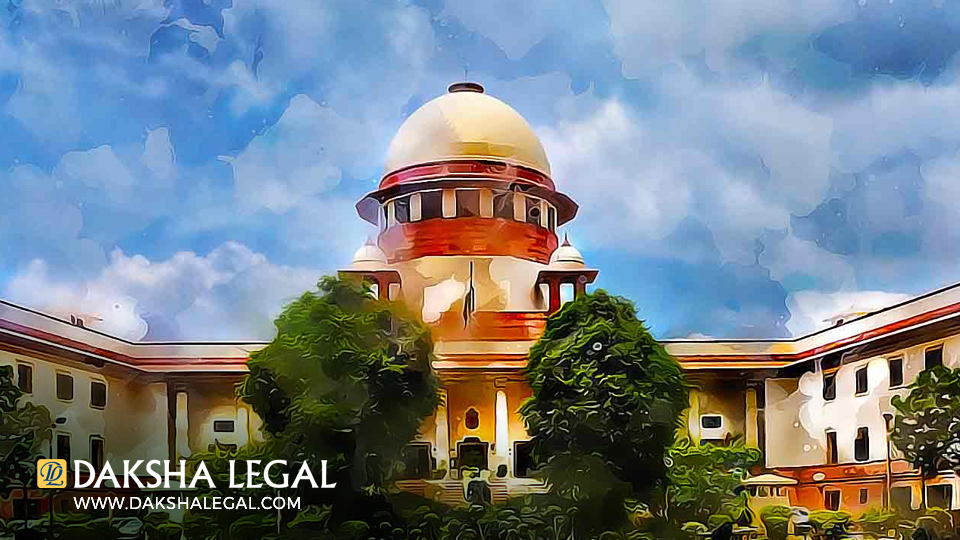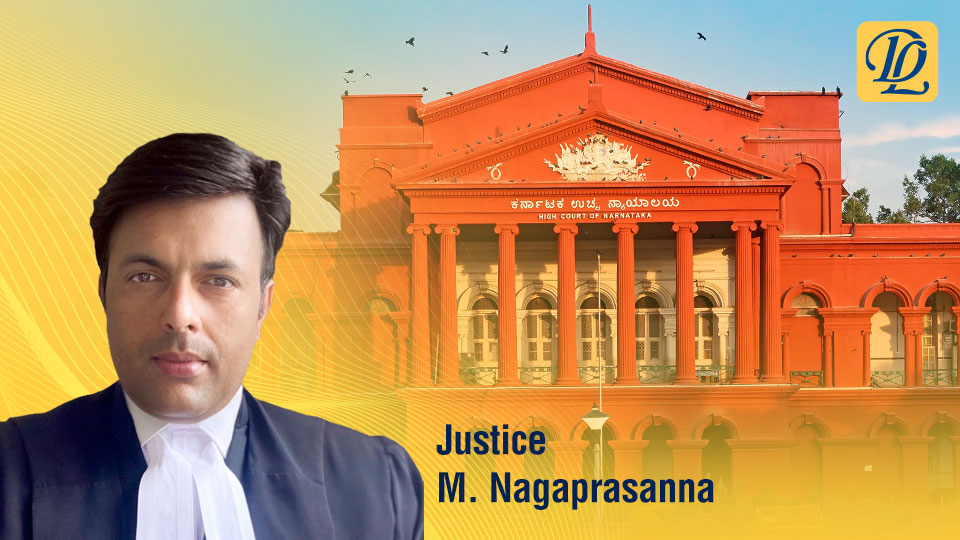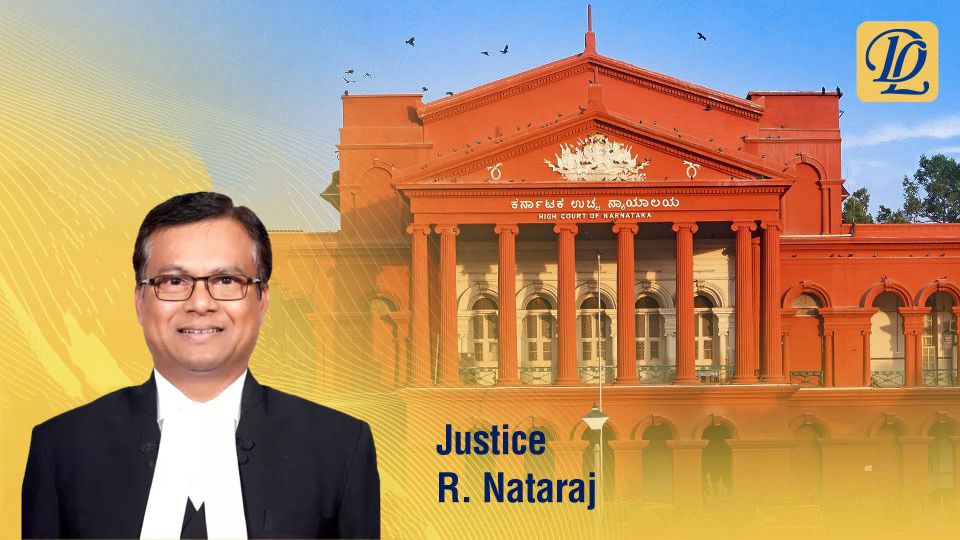It is said to the credit of the Framers of the Constitution of India (in short, Constitution) that Constitution of India is the most comprehensive and attends to the needs of all. Constitution as it was presented on 26-11-1949, is a product of thorough deliberations, intense debates and due reflection on the needs of independent India. The thrust of the Constitution is Equality- namely, equality of status and of opportunity and to promote among all of them Fraternity. This is duly reflected in the Preamble. In Part III of the Constitution it is provided that State shall not deny to any person equality before the Law, or Equal Protection of the Laws within the territory of India. This aspect is found in Articles 15(1) and (2) and 16(1) and (2), to reassure what is stated in the Preamble.
Blanket protection of equality before Law came in handy to challenge communal Government orders promulgated by State of Madras and State of Mysore. Champakam Dorairaj and M. R. Balaji succeeded in their attempts to nullify or assail Government orders successfully, with the result that Union of India was persuaded to amend Articles 15 and 16 while the assurance of equality before Law or Equal Protection of Law continued to remain undiluted in the Preamble and in Article 14, 15(1) and (2), and 16(1) and (2). Equality before Law has remained a fundamental feature of the Constitution. Exceptions carved out in terms of Articles 15(4), 15(5) and 15(6) as well as 16(4), 16(5) and 16(6) are subordinate to and shall serve Art. 14 and Preamble. Rule is Equality and exception is relaxation, for limited period in terms of Article 334. Rule, and not exception, would and shall prevail. This is the grund norm.
Articles 330 to 342A found in Part XVI of the Constitution are enabling provisions, termed special provisions relating to certain classes, but they are not and cannot be fundamental or basic features of the Constitution as they are for specific purpose and for a limited period.
Chief Justice of Supreme Court of Pakistan, Mr. Justice A.R. Cornelius declared the law in 1963 to the effect that in the guise of removing difficulties, State cannot alter the fundamental features of the Constitution. Justice Mudholkar improvised this view in Sajjan Singh by declaring that basic features of the Constitution of India shall never be altered or diluted. Mr. Justice Khanna in Keshavananda Bharati tilted the dimension of law as it were, by declaring that Constitution cannot be amended in terms of Article 368, by destroying the basic structure of the Constitution. It is in this manner Law declared in Keshavananda Bharati is made the sheet anchor in the evolution of Law that basic features of the Constitution cannot be diluted or destroyed, in the guise of removing difficulties.
Time and experience have testified that union of India had introduced reservation, and is treating such an exercise of reservation based on norms of social and economic perspective as a measure to do justice to those sections of
the society, more as a means of amelioration than implementing the provisions of the Constitution. In this context, social and economic justice is to be understood comprehensively as a means to remove every inequality and to provide equal opportunity to all citizens in social as well as economic activities, in all the fields of life. Social justice is traceable to Part IV of the Constitution, while economic justice is traceable to Part III as well, being an expanded aspect of Article 21. Social justice is to be distinguished from natural justice. Both are profound concepts.
The larger issue as to whether reservation, as it is now in force can be made a permanent basic feature of the Constitution or, should it remain a special provision for a limited time would become a moot point. It cannot become a permanent/ basic feature in view of the mandate of Article.334. When once social justice is achieved, every citizen is equal to the other, the reservation may disappear. Reservation is only a means to achieve Equality. It can never be the sole objective of the Constitution. Hypothetically it is possible that those who are not entitled to the benefit of reservation would fail to qualify as equals with those favoured with reservation, may be the next generation of oppressed class. The object of the Constitution is not to create a new class of socially and economically depressed people. It is for this reason, Art. 334 was conceived and made part of the Constitution to serve as the red rag to arrest and prevent creation of a new class of unequals.
In the ultimate analysis, economic justice aims at establishing economic democracy in a Welfare State. This aspect is neither conceived nor juxtaposed in the recent pronouncement of the Supreme Court dated 7-11-2022, in WP 55/2019, where challenge to the invalidity of 103rd Amendment Act of the Constitution was not accepted by the majority. The minority view expressed by Justice Ravindra Bhat is concurred with by Hon’ble Chief Justice. It is interesting to notice that in paragraphs 1 and 2 of the dissenting judgement, the premise that extending benefits to the members of the weaker section to a limit of 10% without affecting the prospects of SC/ST/OBC, is well within the parameters of Art. 14, 15 and 16. The dissenting judgement does not identify as to which are the basic features that are violated by the 103rd amendment act of 2019. On the other hand, the law holding the field is assurance of the Constitution of Equality before Law and Equal Protection of Law to all persons in India. Exceptions carved out under Art. 15 (4),(5),(6) and Art. 16(4),(5),(6) are not basic features of the Constitution, much less permanent features in view of Art. 334, and the pervasive Preamble , Articles 14, 15-(1)&(2), 16- (1)&(2).
To hold out and give an impression to the contrary is to visualise concept of the tail wagging the dog.
Equality before Law and Equal Protection to all, shall not be sacrificed for political gains or to convert a temporary protection into a permanent feature.
The above is a classic instance of schism in the application of the Constitution of India.
Article 50 of the Constitution would provide for separation of Judiciary from Executive which represent two pillars of Democratic Republic of India, the third being the Legislature. The Framers of the Constitution did not devise separation of Judiciary from Legislature. Legislature/ Parliament is supreme. Both State Legislature and the Parliament are the elected representatives of the people of India. People of India are the Sovereign. Neither Judiciary nor Executive can claim to be above Legislature/Parliament. In this context, striking down NJAC for technical reasons like there being even numbers and not uneven numbers in the Committee or the presence of a prominent person, without defining who it is, is wholly curable. India is the only democracy where judges appoint judges. They are not appointed by the Executive by adopting the process of the executive advising the President of India who would exercise his power under Art. 217 in appointing judges. Merely because the NJAC is struck down and an ad-hoc committee is in place to appoint judges, it cannot be said that the appointment of judges is the result of due process of law or in accordance with the provisions of Article 217.
In the guise of removing difficulties and in presumably protecting the independence of judiciary, Art. 217 cannot be made to suffer, much less be destroyed in its content and purpose. This is another instance of schism in application of the Constitution of India.
History of judiciary in India is replete with instances of successful challenges made to the appointment of the Constitutional authorities like Election Commissioner, Commissioner under Compensation Act and a few other commissions, provided in the scheme of the Constitution. While appointments to those posts can be subject matter for judicial review, the process of appointment of judges is opaque/non transparent, based on no set-principles nor open to challenge or subject to judicial review and above all, beyond the purview of RTI.
This glaring omission/lapse in complying with art. 217 is another aspect of schism in application of the Constitution of India.
Instances are galore, where there is yawning schism in the application of the Constitution of India, attributable to the unyielding stance taken by the judiciary, based on the fiction of independence of the judiciary. Independence of the judiciary shall not be dependent on whim or fancy of the incumbents. Concept of independence is the first casualty in such a situation. Sooner it is resolved, better it is for the Nation.
S.P. Shankar
Senior Advocate




